Unlocking Infinite Possibilities
At DASH, we take a novel approach to 3D printing and visualization. The process begins with two-dimensional images captured from Computed Tomography (CT) or Magnetic Resonance Imaging (MRI) scans, which undergo 3D image segmentation. While others simply take this segmented image data and go straight to printing, we add what is affectionately known as our “DASH magic.”
This proprietary process combines our team’s unique perspectives in physics, biomedical engineering, graphic artistry, and computer programming with our patented innovations to enhance the image for its intended purpose. Our particular blend of creativity, artistry, and design thinking brings to life ultrarealistic models to create an enhanced visual experience for clinicians and patients.
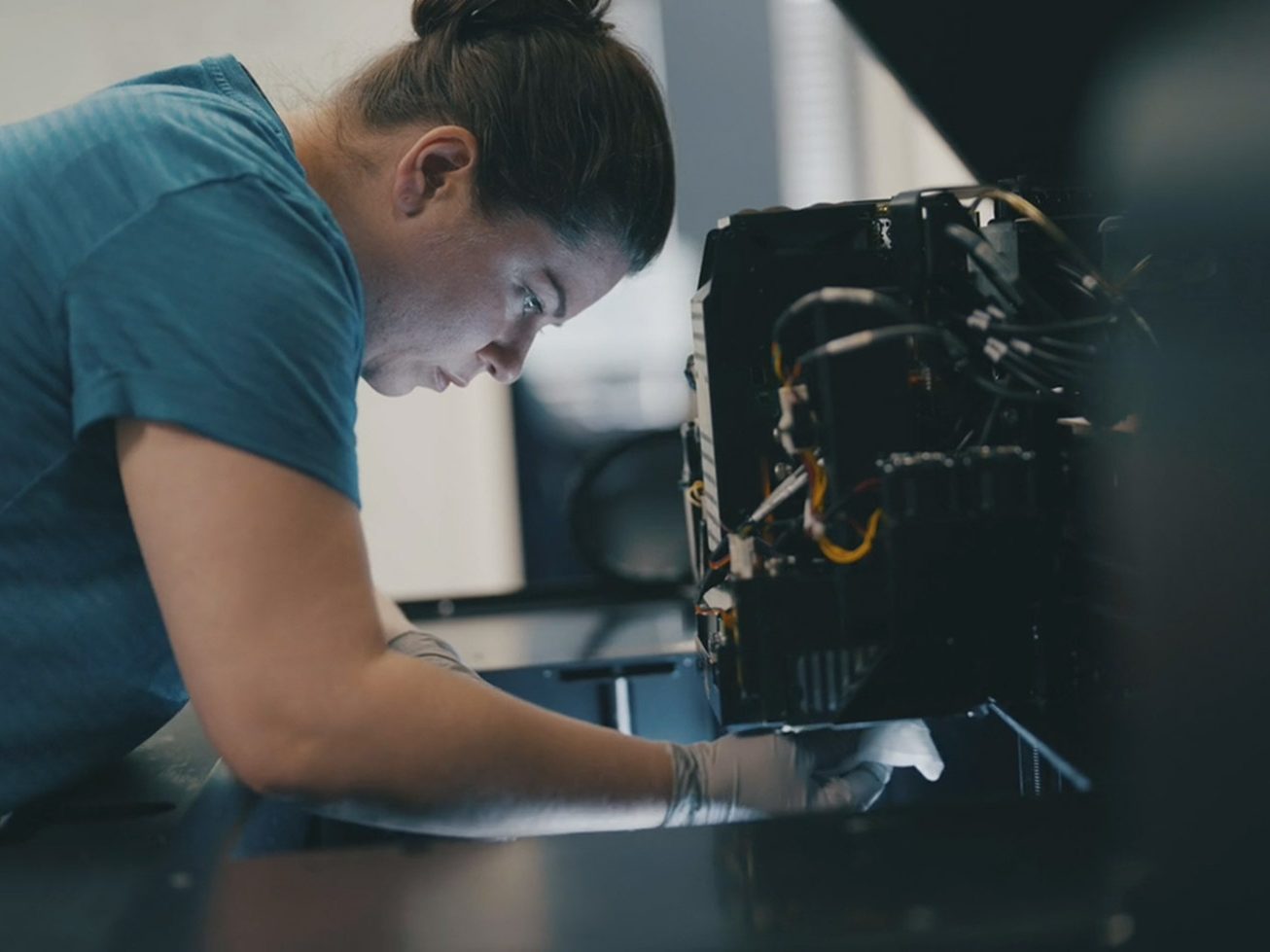
Our Unique Approach
Here are a few characteristics of our unique approach to producing a superior product.
The DASH team:
- Engages in ongoing guidance and feedback from surgeons to continually improve models and devices.
- Attends live surgeries to gain valuable insight from real-life patient care.
- Maximizes the capabilities of 3D printer technology with features only available to a handful of users worldwide.
- Partners with radiologists for case review, ongoing learning, and clinical insight.
- Utilizes digital artistry to enhance the visual realism and usability of models.
- Becomes embedded in the surgical planning process and partners with the entire surgical team for complex cases.
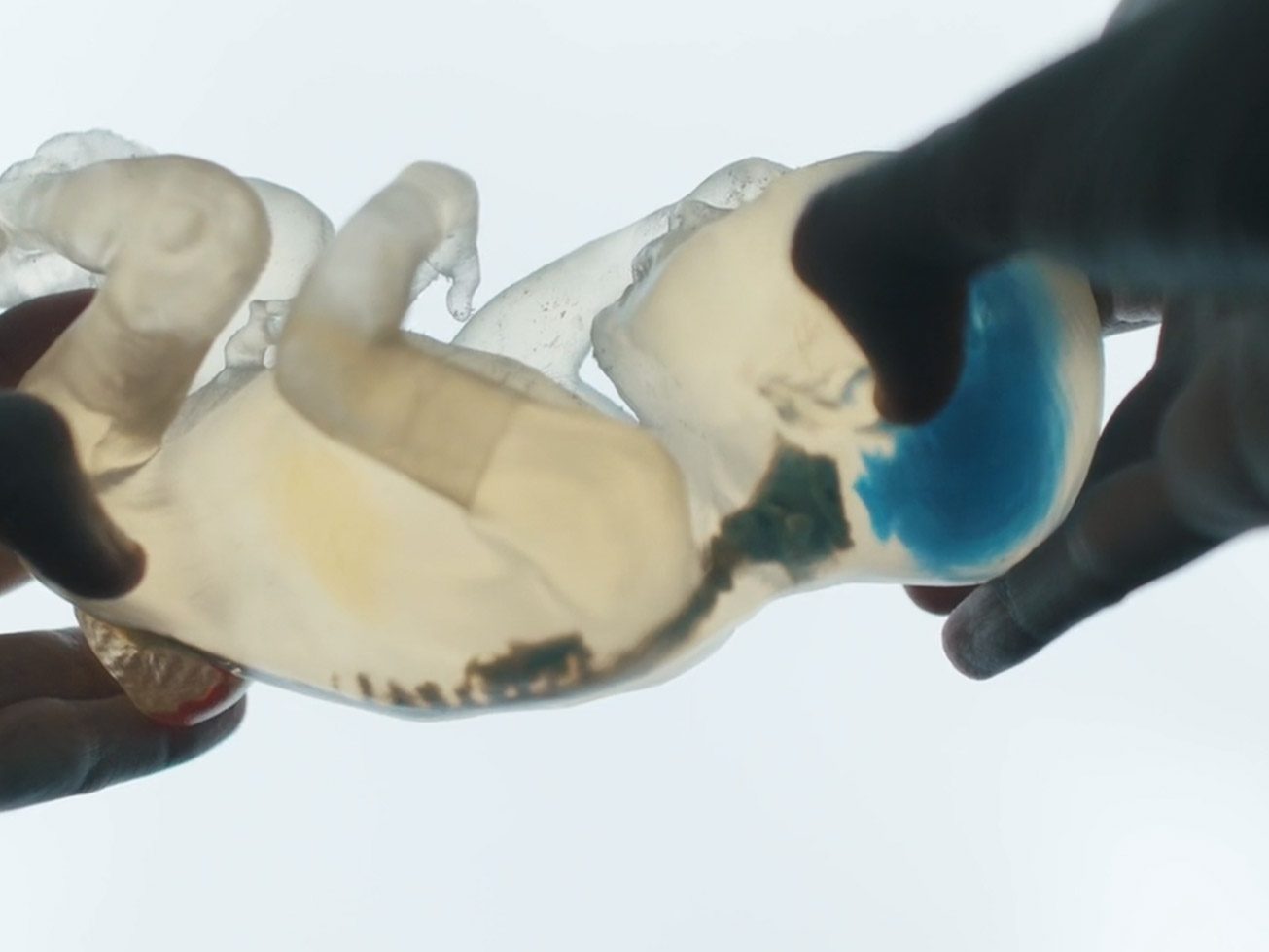
What makes DASH so unique?
“To put it simply, we make an anatomical model from images taken from MRI or CT scans. That can be done easily by just about anyone. What sets DASH apart from other is we take the image and make it more usable. We change it to better fit the purpose it was intended for, whether that purpose is patient education, clinical education, surgical practice, surgical guidance, or surgical implantation. Each has it’s own magic that you have to do to make it fit and function for the intended use.” — Jack Stubbs, President and CEO
DASH is Engineers, Physicist, Computer Scientist, Digital Artists and 3D print Specialists. We have over 15 U.S. Patents issued and pending covering High Fidelity Composite geometries and materials for 3D printing processes.
Printers and Materials
We use a variety of printers to make one-of-a-kind models that truly look and feel like real human tissue. By combining features and functionality from multiple print technologies with our patented methods, we can design and utilize technology that isn’t available anywhere else, producing products unparalleled in realism and functionality.
-
1/4
FUSED DEPOSITION MODELING
For rapid prototyping and cost-effective printing of fixtures, we use fused deposition printers and a wide range of thermoplastics.
-
2/4
POLYJET TECHNOLOGY
For high-fidelity, ultrarealistic simulation of skin, bone, muscle, or soft tissue, we use Stratasys PolyJet printers. With more than 500,000 possible combinations of colors, textures, and materials and accuracy down to 0.14 mm, we constantly push the limits of 3D printing capability.
-
3/4
BIOCOMPATIBLE STEREOLITHOGRAPHY (SLA)
For surgical tools involved in pre-operative planning, we use FDA-approved and biocompatible SLA resin printers. These printers use lasers to cure liquid photopolymer resin into hardened plastic, creating a product that is highly accurate, isotropic, and watertight with a wide range of thermal properties.
-
4/4
BioCompatible Industrial Grade Selective Laser Sintering (SLS)
For accessories to devices, Craniosynostosis helmets and other applications requiring Nylon 11 and Nylon 12 material properties, the Formlabs Fuse 1 uses a 10 watt laser to accurately fuse materials to a 200 micron beam resolution.

FUSED DEPOSITION MODELING
For rapid prototyping and cost-effective printing of fixtures, we use fused deposition printers and a wide range of thermoplastics.
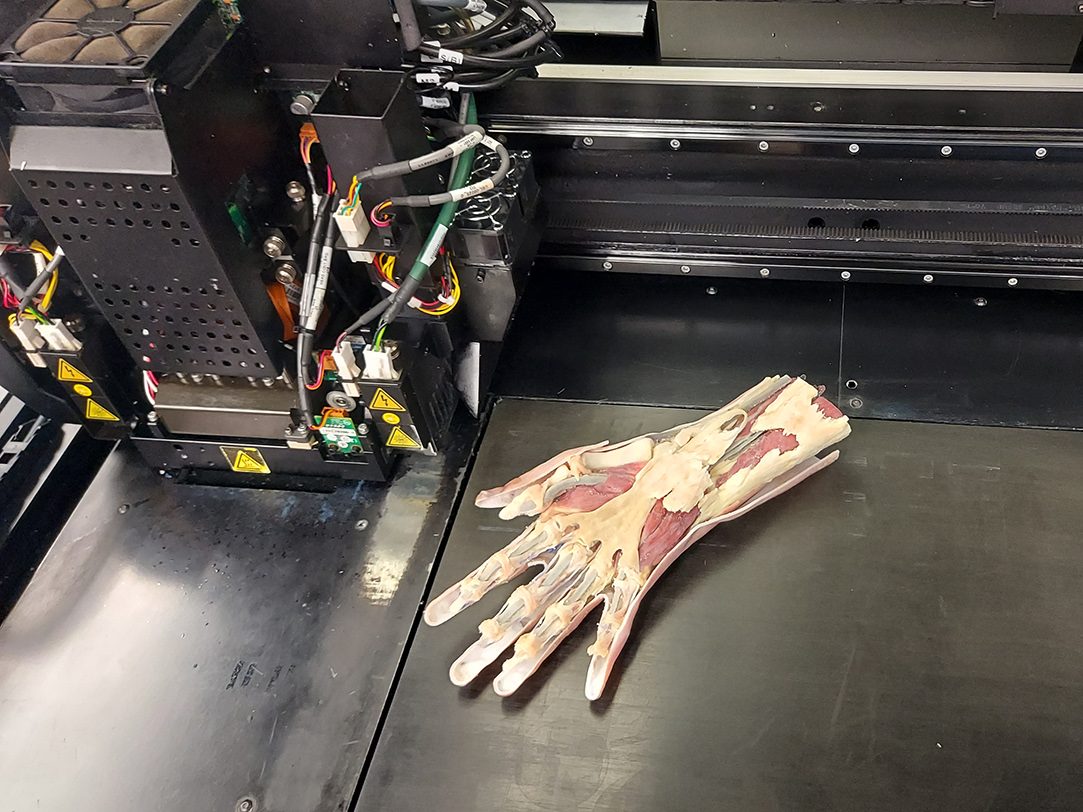
POLYJET TECHNOLOGY
For high-fidelity, ultrarealistic simulation of skin, bone, muscle, or soft tissue, we use Stratasys PolyJet printers. With more than 500,000 possible combinations of colors, textures, and materials and accuracy down to 0.14 mm, we constantly push the limits of 3D printing capability.
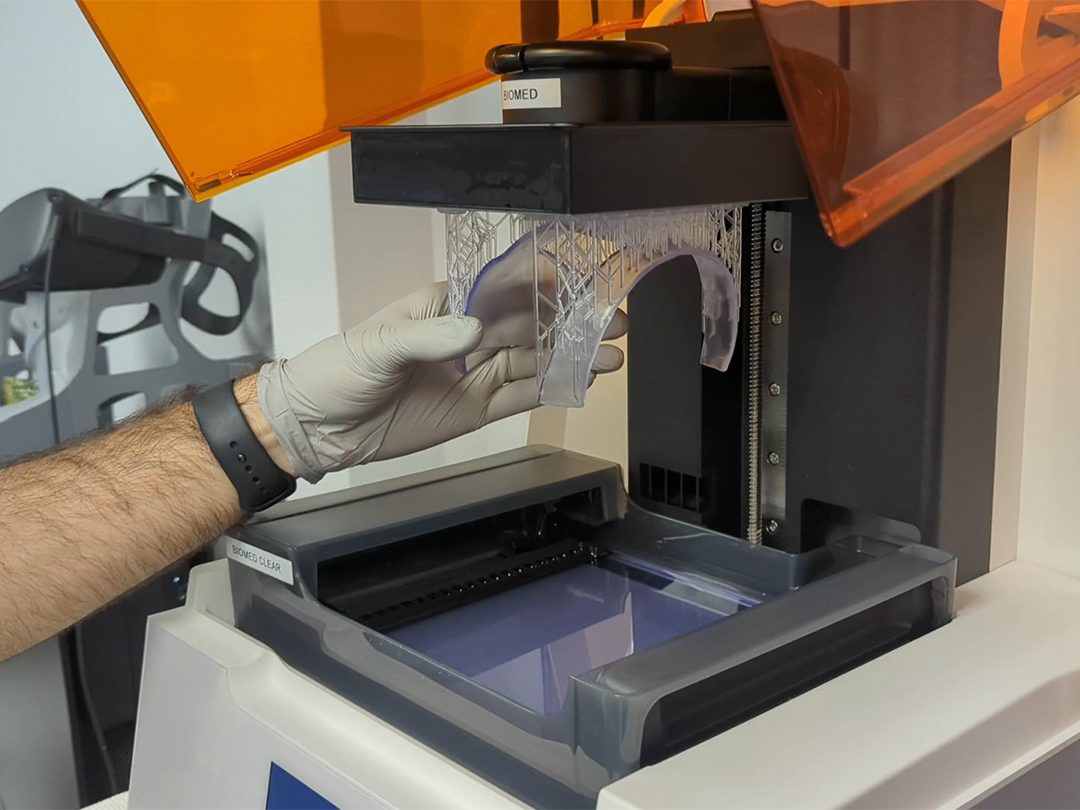
BIOCOMPATIBLE STEREOLITHOGRAPHY (SLA)
For surgical tools involved in pre-operative planning, we use FDA-approved and biocompatible SLA resin printers. These printers use lasers to cure liquid photopolymer resin into hardened plastic, creating a product that is highly accurate, isotropic, and watertight with a wide range of thermal properties.
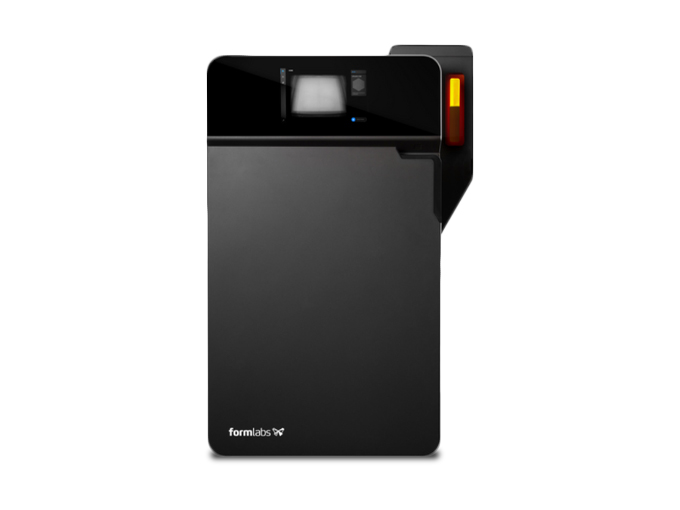
BioCompatible Industrial Grade Selective Laser Sintering (SLS)
For accessories to devices, Craniosynostosis helmets and other applications requiring Nylon 11 and Nylon 12 material properties, the Formlabs Fuse 1 uses a 10 watt laser to accurately fuse materials to a 200 micron beam resolution.